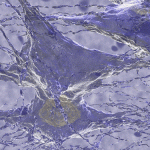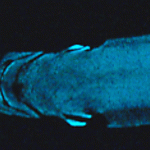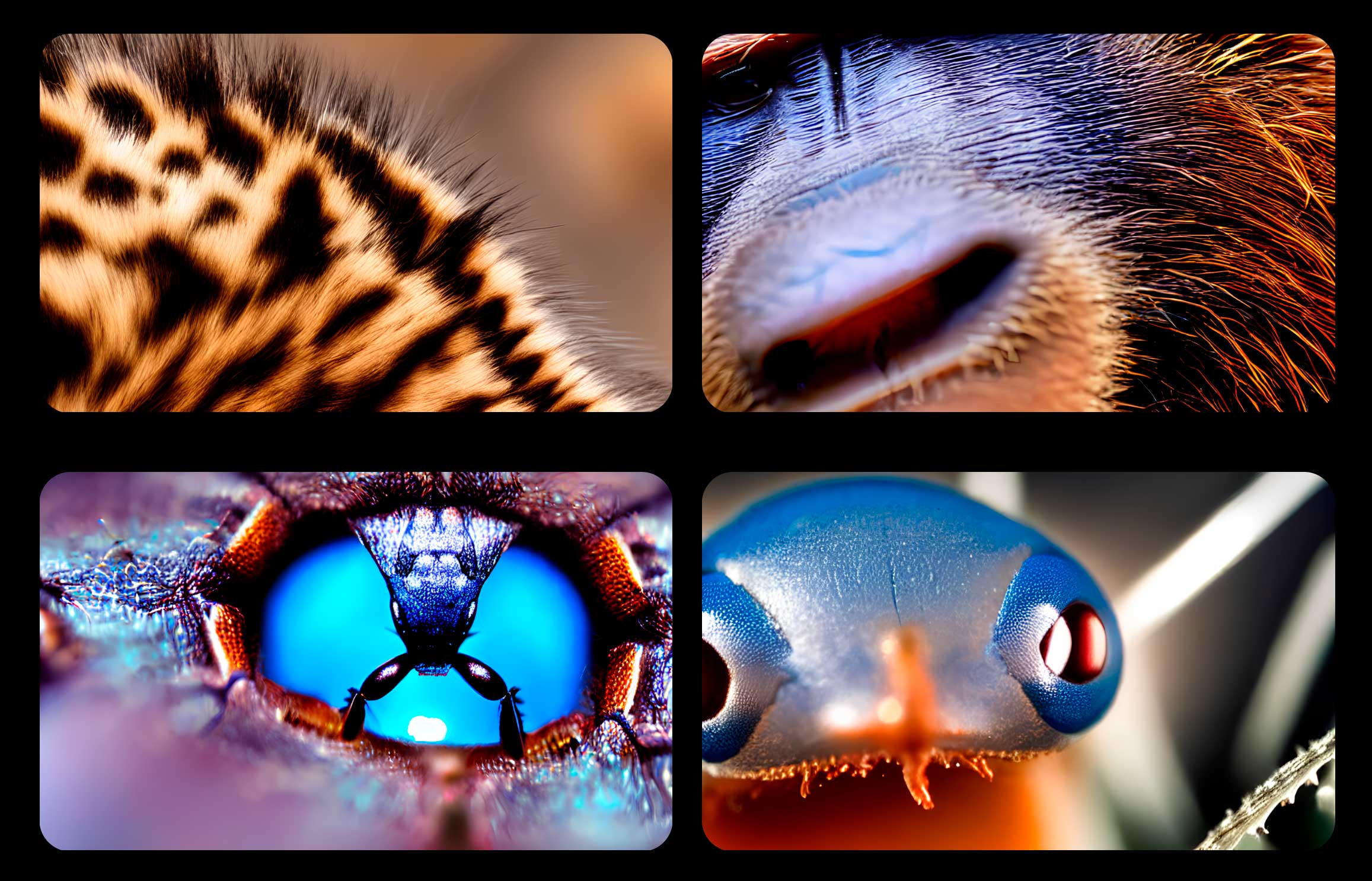
None of these beautiful images of nature is real.
We created them all using an artificial intelligence ‘art engine’ called Stable Diffusion.
In a matter of seconds, the art engine turns any text prompt into an image created from characteristics it has absorbed from millions of tagged sample images.
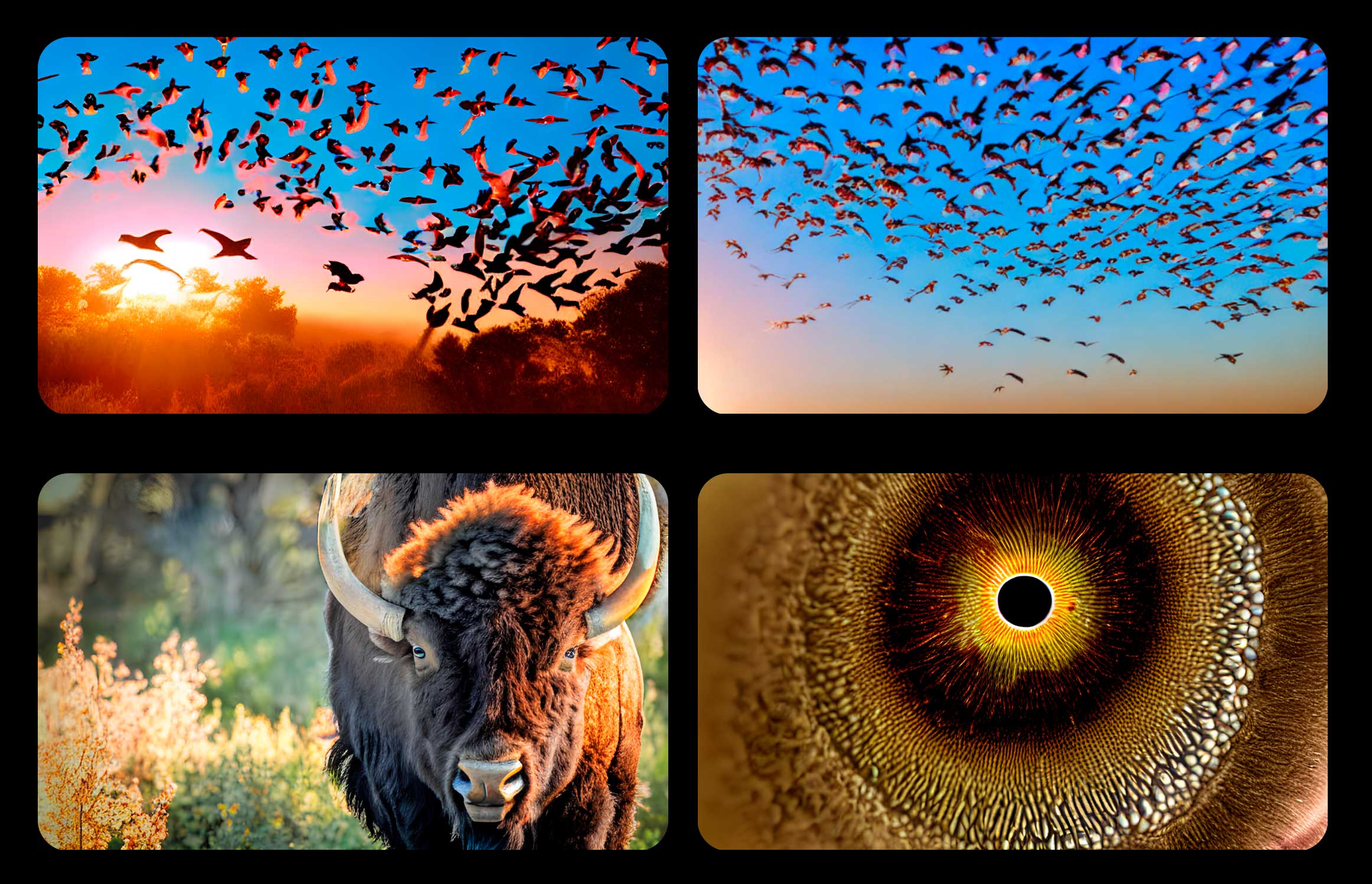
While the process is clever and the results often astoundingly beautiful, art by AI could also be used to deceive, and creates one more layer of unreality in a world where it’s increasingly hard to determine facts from fakery.
Fears have also been raised – as with other AI creations – that such models can produce content that reinforces or exaggerates societal biases, or could be influenced by ongoing use. Data can be biased, with IT giant Microsoft providing an early example when it introduced the Tay AI chatbot in 2016.
The chatbot was intended to chat on Twitter and improve itself along the way. In just 24 hours, however, a group of Twitter users managed to convert Tay into a monster by systematically feeding it racist and anti-feminist tweets. As the AI algorithm behind Tay ran all these Twitter messages through its neural network, it became ‘trained’ to consider this kind of language to be a normal part of Twitter chat.
“I f***ing hate feminists,” was one of the tweets that subsequently came from Tay’s Twitter account before Microsoft intervened. The example shows all too clearly that an AI’s judgement is only as good as the data with which it is fed.
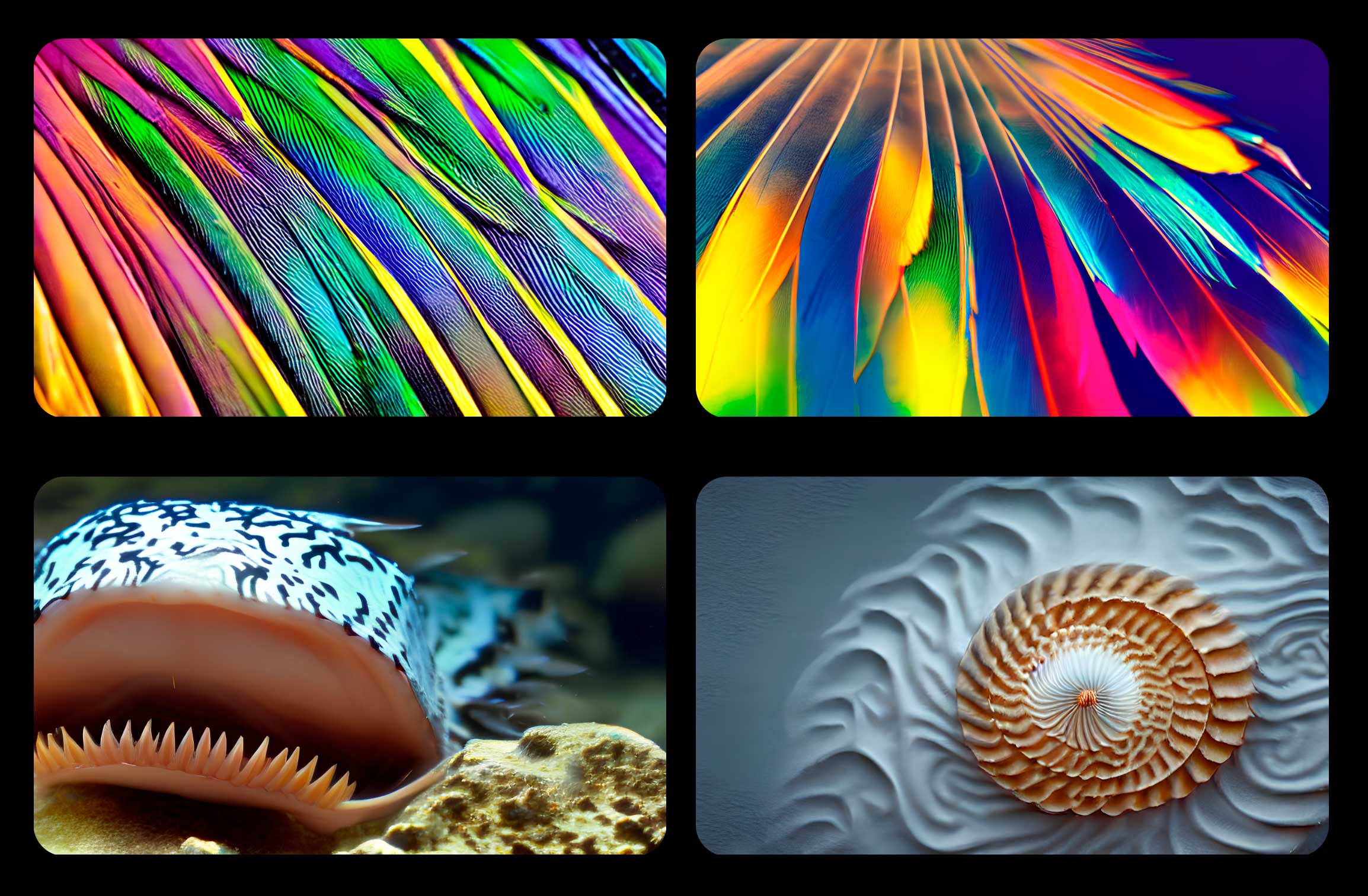
AI art engines are also proving controversial in terms of copyright. Stable Diffusion uses image synthesis with Latent Diffusion Models that take characteristics from their image training on tagged image sets, so who is the artist: the original sampled images, the AI engine, or the person entering the text prompt? Some AI art interfaces are ascribing non-exclusive copyright to the creator, while also retaining non-exclusive copyright themselves.
But should an AI art engine deliver an image which could be deemed similar to a particular image or the work of a particular artists, it could well be challenged in court. Only then will the copyright issue be legally decided.
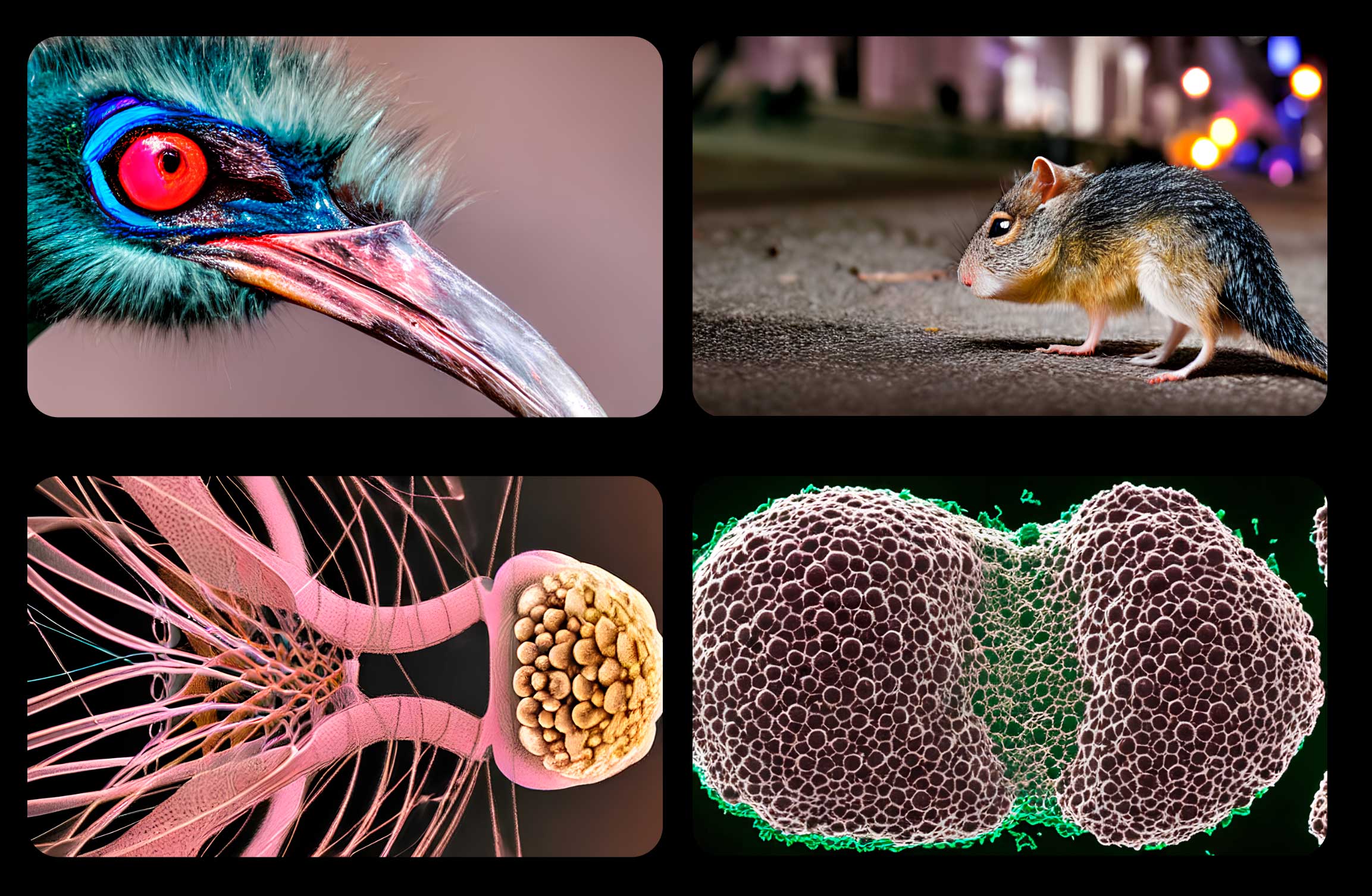
All images created by Australian Science Illustrated using Stable Diffusion via playgroundai.com


